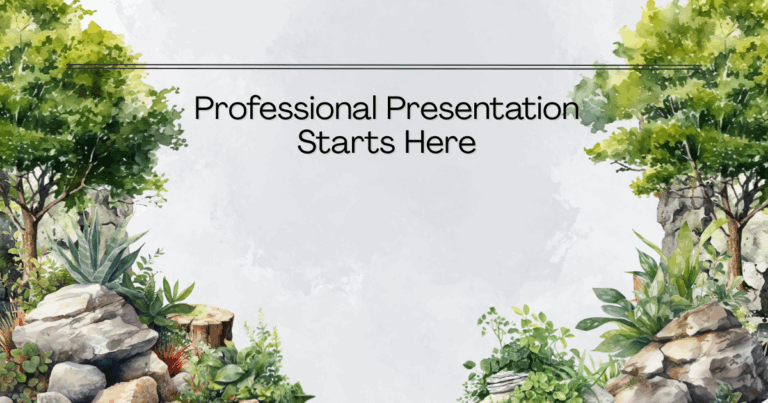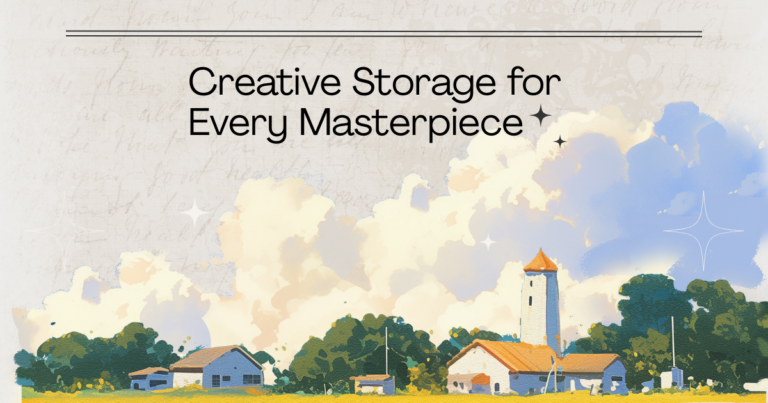Applying to art school is more than a showcase of talent—it’s a form of storytelling.
Each piece in your portfolio is a message:
Who are you as an artist?
How do you see the world?
What risks are you willing to take?
This is not just a “highlight reel.” Your portfolio should be a carefully structured collection that reveals your technical skill, your creative process, and your personality. It’s a visual narrative of your growth, curiosity, and intention.
Why Portfolio Selection Matters
Art schools aren’t looking for perfection.
They’re looking for potential.
What they want to see is how you think, solve visual problems, and explore ideas through different mediums and formats. The pieces you choose—and how you organize them—can directly influence admission decisions. A portfolio is often your first impression, long before an interview or artist statement.
A well-organized, well-thought-out portfolio signals that you take your work seriously, and that you’ve already started to develop a creative identity.
How to Organize a Winning Art Portfolio
Structure matters.
Think of your portfolio like a book or film—you want to guide the viewer through an experience.
Begin with Confidence: Open with pieces that show foundational skill, like drawing from observation or color studies. These establish trust.
Reveal Your Process: Include development sketches, idea iterations, and rough drafts. These show how you think and evolve.
End with Impact: Conclude with your strongest personal or thematic works—the pieces that leave a lasting impression.
Use clear labels, consistent sizing, and thoughtful sequencing. Group similar works together, or guide the viewer through a story arc.
Foundational Skills – Observational and Technical Work
Most schools want to see how well you can draw what you see.
This means including works like:Still life drawings
Portraits or figure drawing
Landscapes or interior spaces
Studies in color, shadow, or texture
These types of works show discipline, patience, and control.
Even if your art style is abstract or experimental, include at least a few observational pieces. They’re a sign that you understand the basics.
Conceptual Work – Show Your Ideas, Not Just Execution
A great portfolio includes not just what you made, but why you made it.
Show your process:
Include thumbnail sketches, mood boards, and rough drafts
Add text captions that explain the problem or concept you were exploring
Highlight one piece that was a creative breakthrough—even if it’s not perfect
Schools want to see your voice in development, not just your final results.
Mixed Media or Multi-Disciplinary Work
Don’t limit yourself to only one medium.
Show variety—especially if you’re applying to programs that value experimentation.
You might include:Photography
Collage or printmaking
Digital illustration
3D or sculptural work
Motion studies or animation frames
If you’re exploring different styles, make sure there’s still a visual rhythm in how the portfolio is presented. Avoid jumping between styles without context—explain how these explorations connect.
Personal Projects – Share What Truly Matters to You
Some of your most powerful work might be the most personal.
Maybe it’s something you created late at night with no assignment attached. Maybe it was inspired by your family, identity, or an experience that moved you.
These pieces can become emotional anchors in your portfolio.
They remind the viewer that you’re a whole person—not just a student following instructions.
Include at least one personal work that matters deeply to you, and write a short reflection on it.
Thematic or Series Work – Show Depth Through Continuity
It’s not just about how many styles you’ve tried—it’s also about how deep you’ve gone.
A thematic series—3 to 5 works that explore one concept—can show your ability to think long-term, iterate, and push an idea further. This might be:
A visual story in sequence
A study of one subject in different mediums
A character or concept developed across different scenes
This kind of consistency tells schools you’re ready for the kind of sustained, independent projects that art school demands.
Bonus Tip: The Portfolio Case Itself Matters
Before anyone opens your portfolio, they see the case.
Use a professional, clean-looking art portfolio or presentation book that protects your work and enhances the presentation. Choose something lightweight but durable—especially if you’re traveling for interviews or portfolio days.
Some tips:
Use clear sleeves or pockets to protect your art
Avoid folding or clipping unless necessary
Label works with titles, medium, size, and short captions
If submitting digitally, make sure images are well-lit, cropped, and properly named
Your portfolio is your ambassador. Let it speak clearly, confidently, and creatively.
Need help presenting your work the right way?
We offer a curated selection of Artist Portfolio Bags, Presentation Books, and Refill Pages—designed specifically for students applying to art schools.
Whether you need a lightweight binder for sketches or a large-format portfolio for finished pieces, we’ve got you covered.
- Related Content:Professional Art Portfolio Storage Solutions – Poster Bags, Leather Folders, and Custom Cases
- Related Post: Top 5 Art Portfolio Sizes Every Professional Artist Should Know
- Check out this related guide: Art Portfolio: Display Book, Binder, & Presentation Portfolio




